Home organization isn’t just about making a space look neat—it’s about creating harmony, reducing stress, and making everyday routines smoother. While plenty of products can help, some of the most creative ideas come from lived experiences and clever hacks shared by experts and everyday people online. Here are some of the most inspiring home organization and storage tips that go beyond the basics.
1. Think Vertically, Not Just Horizontally
Professional organizers often note that most people underutilize vertical space. Whether it’s adding hooks behind a door, stacking items in creative ways, or hanging baskets on walls, thinking upwards can double your storage capacity without taking up more floor space.
Experience tip from a small-apartment dweller: One New Yorker shared that they used the vertical sides of their kitchen cabinets to attach magnetic strips for holding utensils, keeping counters free and stylishly displaying their most-used tools.
2. The “One In, One Out” Rule
Clutter often builds up because we keep adding without removing. Experts recommend practicing the “one in, one out” rule: for every new item you bring into your home, let go of something similar.
Expert insight: A decluttering coach shared that this rule not only prevents excess but also makes you more mindful about purchases, helping you prioritize what truly adds value to your space.
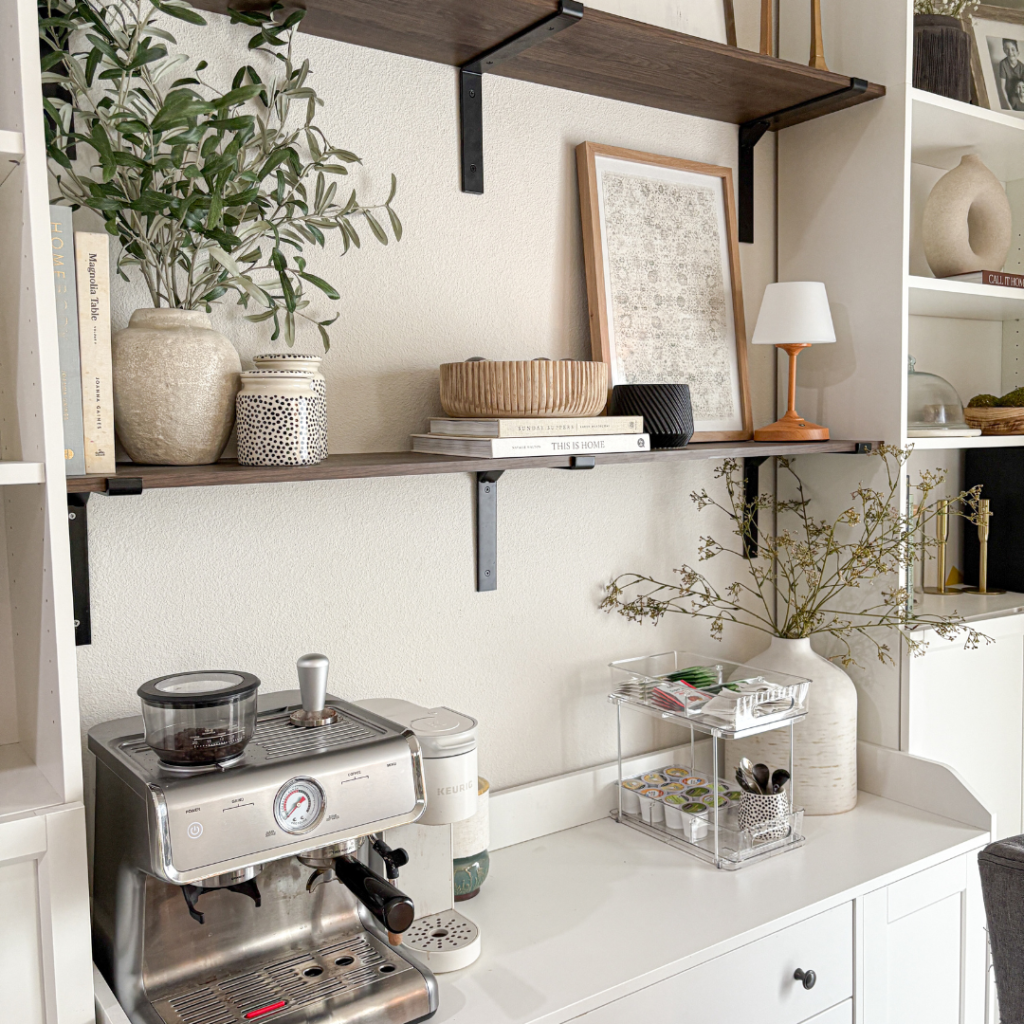
Countertop Organizer
Acacia Wood Organizer
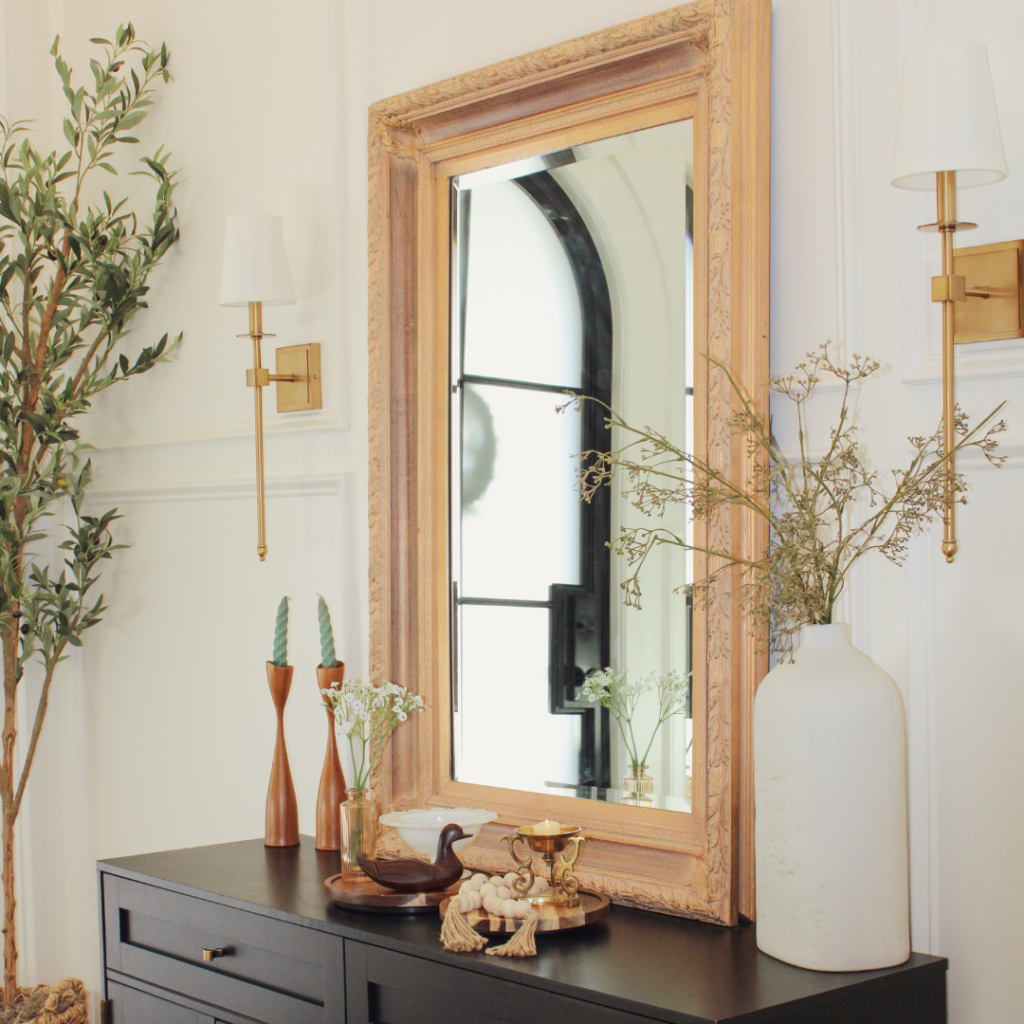
3. Create “Zones” Instead of Piles
Instead of just stacking or piling items together, try zoning spaces by category. Zones bring clarity and make it easier to find (and return) items.
From a parent’s perspective: One mom online explained how she created a “morning zone” near the front door with everything her kids need before school—backpacks, lunch bags, and shoes. No more morning chaos!
4. The “Backstock Closet” Concept
Popularized by the home organization community online, a backstock closet is a space (big or small) where you store extras—think paper towels, soap, or canned goods—so your main areas stay uncluttered.
Real-life story: A minimalist shared that having one dedicated shelf for all their extra supplies kept their bathroom serene while still ensuring they never ran out of essentials.
5. Rotate and Refresh Seasonal Items
Instead of keeping everything accessible year-round, rotate items based on the season. Experts suggest storing away what you don’t currently need to free up space and give your home a fresh feel.
Experience from a capsule wardrobe enthusiast: She swaps out her clothes every season, which not only saves closet space but also makes her wardrobe feel new and exciting without extra shopping.
6. Labeling Without the Labels
Not everyone loves the look of printed labels. Some experts suggest using visual cues instead, like color-coding items, transparent containers, or even arranging by shape.
Shared online hack: A college student explained how they grouped their pantry items by color-coded lids, making it easy to grab the right food item without reading a single word.
7. Make Decluttering Fun with the “5-Minute Rule”
Sometimes the biggest hurdle to organizing is just starting. Experts recommend the “5-minute rule”: commit to just five minutes of tidying, often leading to much more progress.
One Reddit user’s story: They started setting a timer for 5 minutes each day after work. Soon, the habit snowballed into a cleaner home and a calmer mindset.
8. Treat Your Space Like a Boutique
A surprising but effective mindset shift: think of your home like a boutique. That means carefully curating items, leaving breathing room between them, and making your space visually appealing.
Minimalist blogger’s experience:
She shared that once she began treating her closet like a boutique display, she naturally wanted to keep it tidy and beautiful—no more clothes jammed onto hangers.
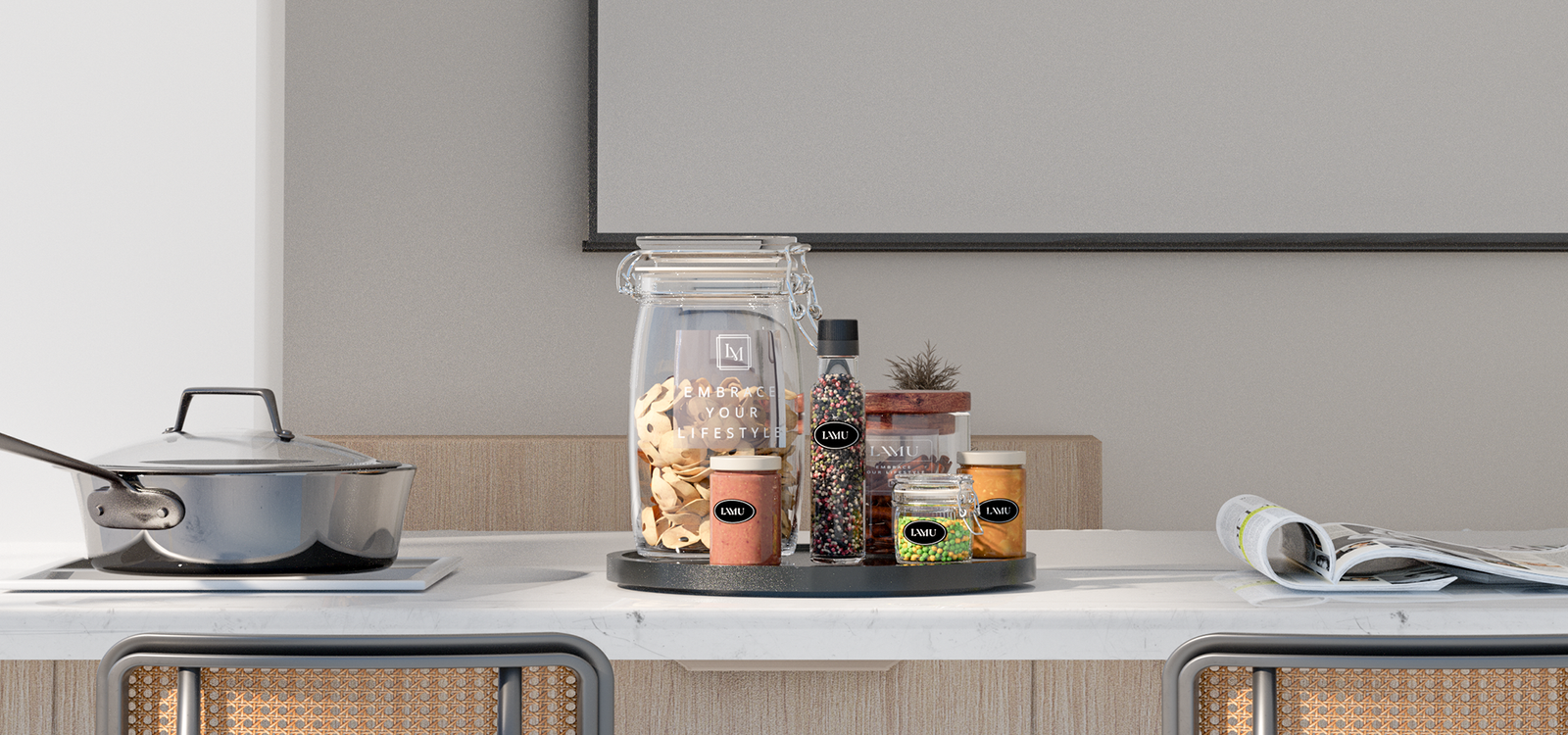
Recommended products
-
Pine Wood Organizer
Price range: $19.99 through $25.99 -
Acacia Wood Organizer
Price range: $19.99 through $25.99
The most creative home organization tips don’t require buying new products—they’re about rethinking how you use your space, what you keep, and how you move through your day. From setting up functional zones to rotating items by season, these ideas from experts and real-life experiences prove that a tidy, stress-free home is more about habits than stuff.


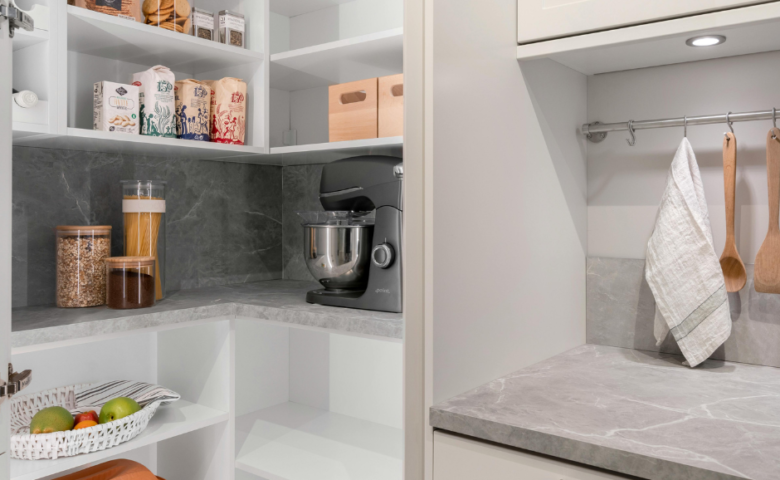
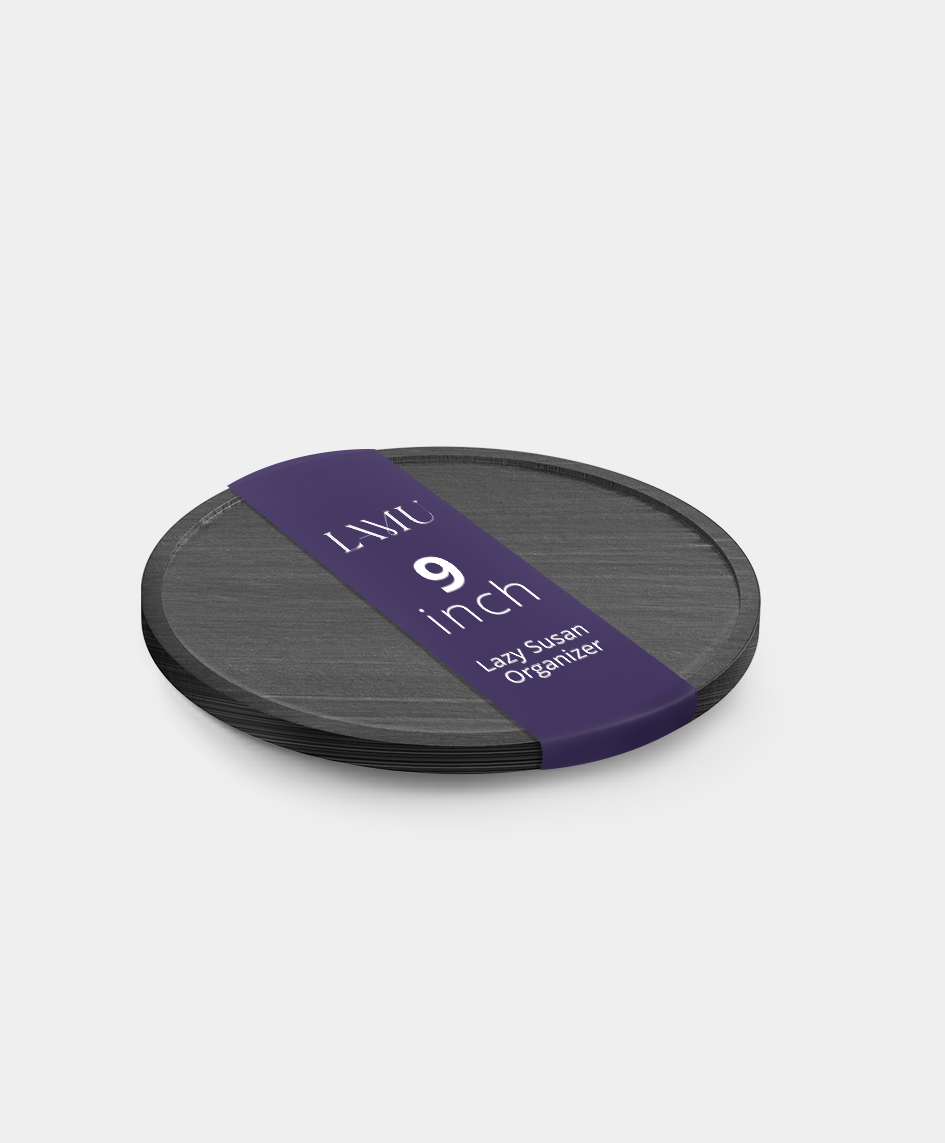
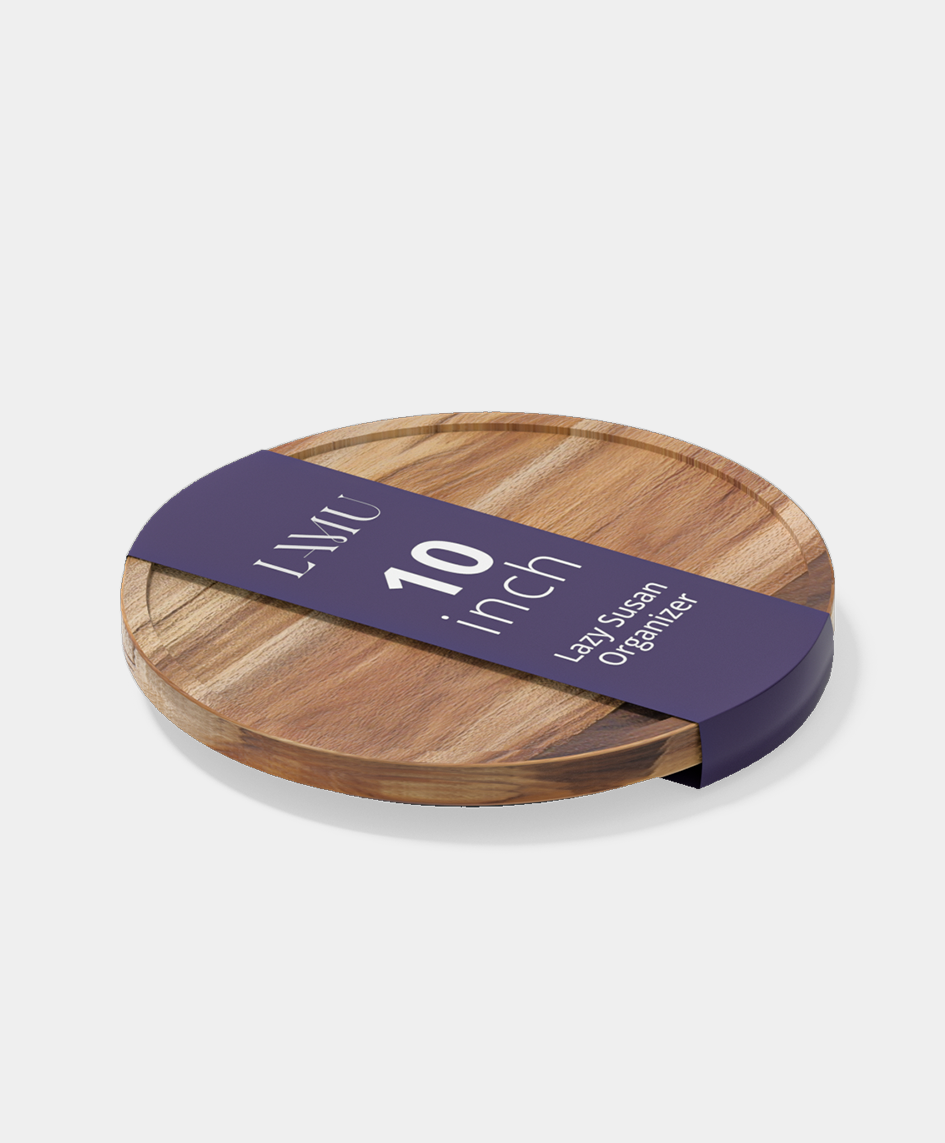




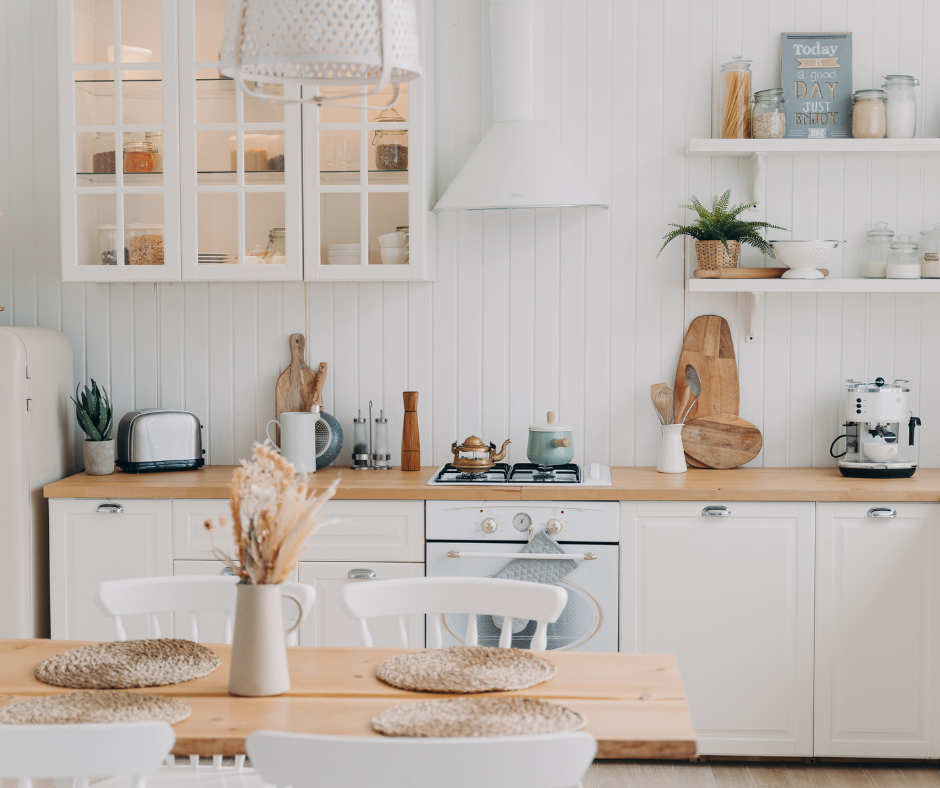
Helpful tips because when we declutter and take things out in my home it starts to add back up when we constantly by more things a way to keep things nice and tighty in my home only way is to not buy things we really don’t need